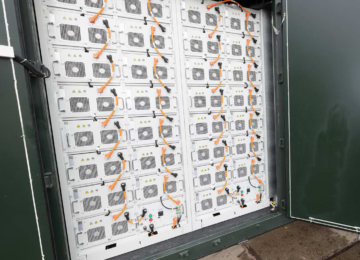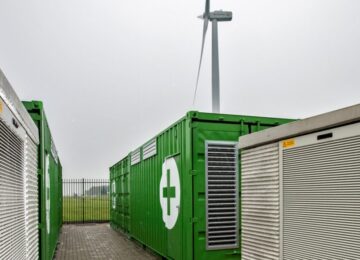Energy storage gets place in energy performance buildings
In response to parliamentary questions, Climate and Green Growth Minister Hermans shared her views on the role of smart heat batteries within the energy transition. The government recognizes the potential of local energy storage to combat grid congestion, but maintains a policy line of supporting innovation primarily through existing schemes. However, the minister does indicate that the deployment of storage will be valued in the energy performance of buildings.
Smart heat batteries: known but not yet structurally valued
The government states that it is familiar with smart heat batteries and sees that this technology contributes to the relief of the electricity grid, especially if storage is deployed locally and strategically. Currently, however, storage is not yet explicitly valued within energy performance requirements (BENG), because temporary storage does not structurally reduce building-related energy use.
The new European Energy Performance Building Directive (EPBD) requires member states to include storage in energy performance calculations from May 2026. Discussions on this are ongoing, and both thermal and electrical storage will be included in the revision of the NTA8800 - Determination method for the energy performance of buildings. Energy Storage NL, led by FME, has successfully worked to have thermal storage included in this method. By May 2026, storage must be incorporated into the calculation method. This will make it more attractive for homeowners to invest in storage, rewarding them with improved building energy performance and possibly a better energy label.
Subsidy policy: no revision of ISDE, but commitment to innovation programs
According to the minister, there are already subsidy schemes that support energy storage, but they are not always suitable for consumers or small-scale applications. The ISDE is aimed at insulation, heat pumps and solar boilers; the EIA does offer opportunities for entrepreneurs to implement storage technologies in a fiscally attractive way.
The Demonstration Energy and Climate Innovation (DEI+) and Mission Driven Research, Development and Innovation (MOOI) schemes are considered key schemes by the Cabinet. Newton Energy Solutions has already successfully used the MOOI scheme twice.
Nevertheless, the government currently sees no reason to make broad adjustments to the existing ISDE, EIA or BOSA schemes to more actively encourage energy storage. However, the National Technology Strategy (NTS) may offer perspective: it includes "Energy Materials," including thermal storage, as a priority. The Minister of Economy is currently working on recalibrating the innovation instruments, with an update scheduled for the third quarter of 2025.
Concerns about grid congestion acknowledged
The minister further emphasized that without sufficient storage, the energy transition may be inefficient. Therefore, the government is committed to both innovation and rollout of energy storage technology. Energy storage is seen as essential for flexibility in the future energy system. Among other things, the Flex-e scheme is looking at market introduction of storage in case of congestion problems.
Heat batteries can indeed help reduce grid congestion, according to the minister, provided they have sufficient capacity and store energy at the right times.
Conclusion: cautious rating, but lack of pace?
While the government recognizes the importance of energy storage and innovative companies, structural policy support for local storage systems remains limited. Innovative entrepreneurs are primarily referred to existing subsidy instruments and the generic incentive frameworks. Energy Storage NL remains committed to fair valuation and support for energy storage but also fair valuation between energy carriers - Electricity and Heat.
It is precisely by deploying various forms of storage that the energy transition can be accelerated and grid congestion addressed. The potential of storage will depend on how quickly policy and regulation can respond to technological progress and market demand. Further stimulation of energy storage in the development of the Spring Memorandum will be crucial to unlock this potential.





